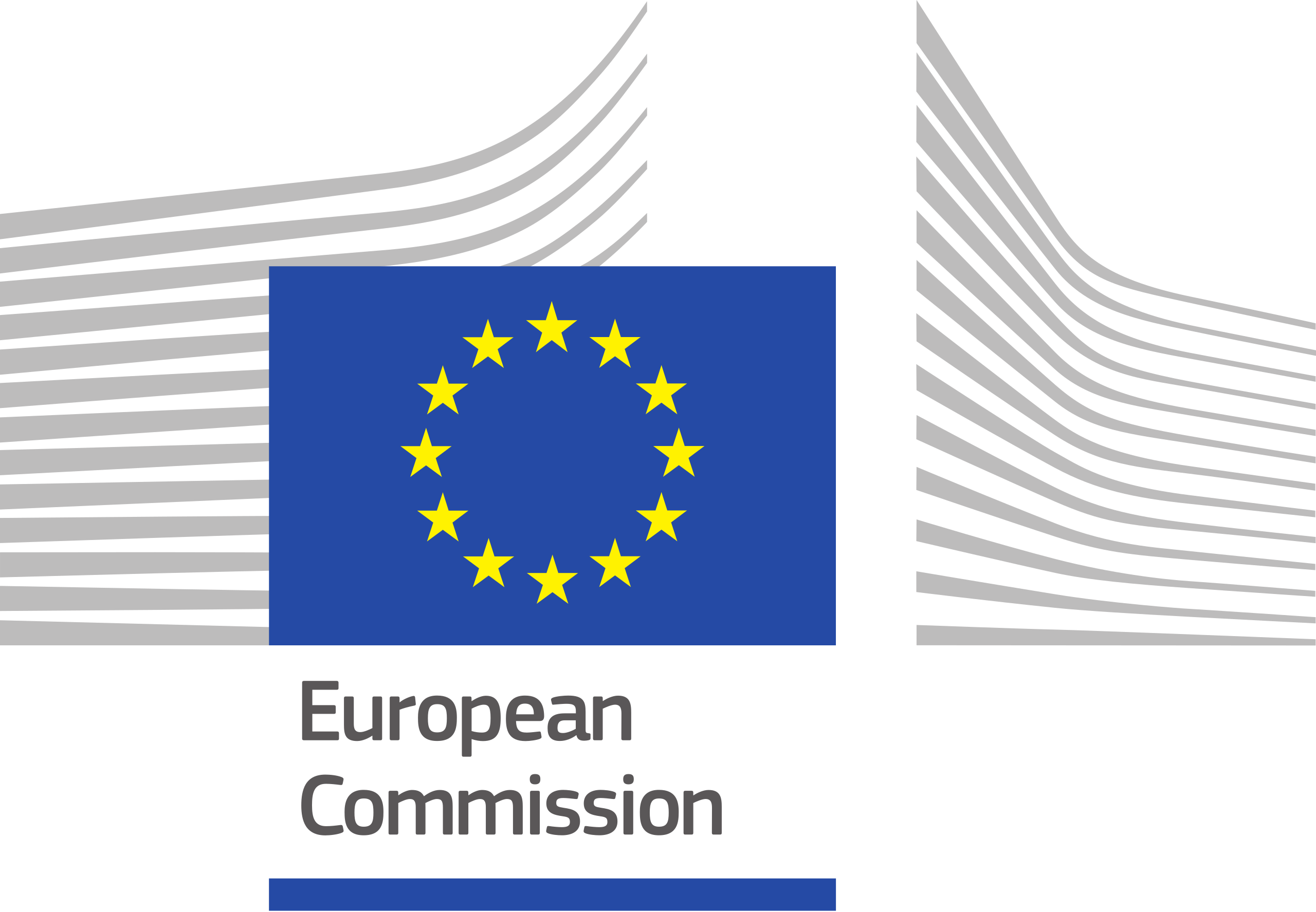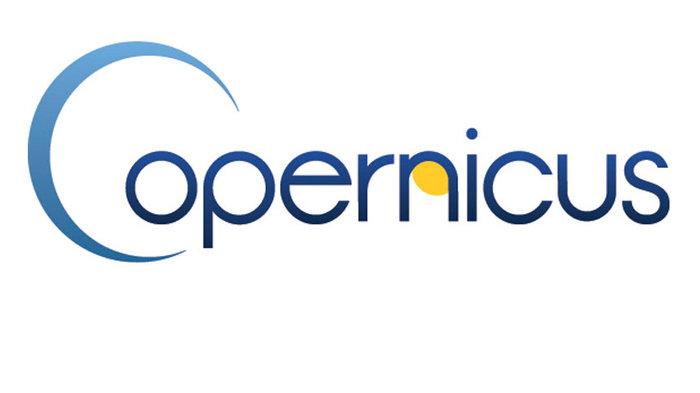Intense wind events force horizontal and vertical water movements over the continental shelf with impacts for coastal hydrography and ecosystems.
Intermittent wind-driven coastal upwelling and downwelling are ubiquitous processes that drive a large part of the high frequency variability of coastal hydrography, with potential implications for ecosystems and socio-economic activities. These phenomenon may occur everywhere around the world coastlines, and are particularly favored at specific locations and seasons depending on the wind field variability (Millot, 1979; Rossi et al. 2013; 2014).
The upwelling of deep, cold and nutrient rich waters to the surface (resp. the downwelling of relatively warm and nutrient poor surface waters to the interior ocean) are known to occur sporadically along specific Mediterranean coastlines and last for a few days to some exceptional events lasting some weeks (Odic et al. 2022). These events affect nearshore seawater temperatures and coastal ecosystems (Fuchs et al. 2023) (press-release).
Analyzing a long-term archive of Sea Surface Winds from the ERA5 reanalysis (Hersbach et al. 2020), together with high-resolution bathymetry from EMODnet, we calculate a Wind-based Upwelling and Downwelling Index (WUDI; see also data paper) at daily resolution along Mediterranean shorelines.
A climatological database of wind-driven events was constructed for the 1979-2020 period, allowing the calculation of robust statistics on annual and seasonal time-scales along any portion of the Mediterranean coastlines. Here you can explore 42 years of statistics and access WUDI values for any event of interest.
Credits and Support
We acknowledge financial support from the European Commission through the “Caroline Herschel” program under grant agreement FPA275/G/GRO/COPE/17/10042, project FPCUP (Framework Partnership Agreement on Copernicus User Uptake), Action 2019-2-25 entitled "Developing Downstream applications and services on BIO-PHYsical characterization of the seascape for COASTal management" (BIOPHYCOAST / grant agreement 2020No9/SI2.833213). We thank the coordinator (N. Bensoussan) and the members of the T-MEDNet network for providing in-situ data of seawater temperatures. We thank support from the Service Informatique Pythéas (SIP ; J. Lecubin). This website/app has been developed by Scott A Campbell.
WUDI calculations are based on:
• Hourly wind data at 10m above sea level and 20 km spatial resolution from the ERA5 reanalysis, produced by ECMWF and downloaded from the Climate Data Store.
• EMODnet bathymetry at high resolution (115 m) available here considering the 20 m isobath obtained by interpolation of the original data.
• Marine Protected Areas information were obtained from the MAPAMED data base 2021.
• Population centers geolocation data from OpenStreetMap.org.
• Population centers supplemental data from Wikidata.org.
Methodology and Validation:
Full methodology, extensive validation and various scientific exploitation of WUDI have been documented in the following peer-reviewed papers:
Fuchs R., Rossi V., Caille C., Bensoussan N., Pinazo C., Grosso O. and M. Thyssen (2023) Intermittent upwelling events trigger delayed, major, and reproducible pico-nanophytoplankton responses in coastal oligotrophic waters. Geophysical Research Letters, 50, e2022GL102651, doi:10.1029/2022GL102651.
Odic R., Bensoussan N., Pinazo C., Taupier-Letage I., V. Rossi (2022). Sporadic Wind-Driven Upwelling/Downwelling and Associated Cooling/Warming Along Northwestern Mediterranean Coastlines, Continental Shelf Research, 250, 104843, doi:10.1016/j.csr.2022.104843.
Rossi V., A. Schaeffer, J. Wood, G. Galibert, B. Morris, J. Sudre, M. Roughan and A.M. Waite (2014). Seasonality of sporadic physical processes driving temperature and nutrient high-frequency variability in the coastal ocean off southeast Australia, Journal of Geophysical Research – Oceans, 119, 1-16, doi:10.1002/2013JC009284.
Rossi V., M. Feng, C. Pattiaratchi, M. Roughan and A.M. Waite (2013). On the factors influencing the development of sporadic upwelling in the Leeuwin Current system, Journal of Geophysical Research – Oceans, 118, 1-14, doi:10.1002/jgrc.20242.

This work is licensed under a Creative Commons Attribution-NonCommercial-ShareAlike 4.0 International License
For more information or any specific request (including large download) concerning the WUDI database, please contact:
Dr. Vincent Rossi (vincent.rossi(at)mio.osupytheas.fr), Dr. Christel PINAZO (christel.pinazo(at)mio.osupytheas.fr), and/or Julien Lecubin ( julien.lecubin(at)osupytheas.fr),


